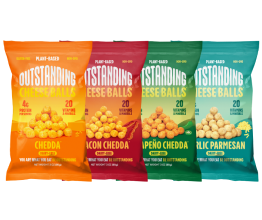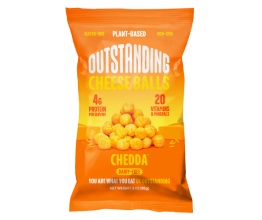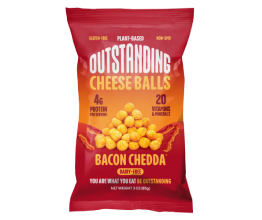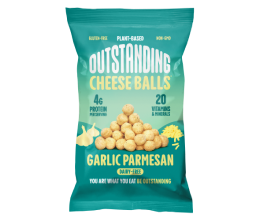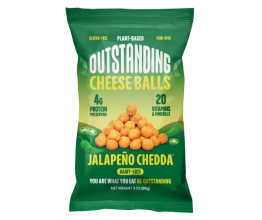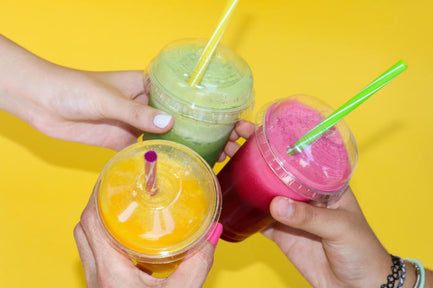7 Clean Eating Grocery List Ideas
You’ve decided to kick some of your not-so-great eating habits in search of a cleaner eating routine… Now what? Which foods should you put at the top of your clean eating grocery list to get started on the right foot?The thing about clean eating is that it doesn’t necessarily have a hard-and-fast definition. That said, the main idea of clean eating is to choose simple, whole foods that don’t have additives or artificial ingredients. Basically, you want to eat food that’s as close to its natural state as possible.
Read on to learn more about clean eating and get some ideas to add to your clean eating grocery list.
Why Clean Eating?
When you choose to eat “clean” foods, your choice benefits both you and the planet. Natural, organic, whole foods contain more nutrients and don’t have all the extra sugars and artificial components that can be added in during a refining process.
However, as you make your clean eating grocery list, also remember that you aren’t necessarily limited to produce or foods taken directly from the earth. Clean eating also includes foods that are made from whole and/or natural ingredients (think nut butters, whole grain baked goods or pasta, etc.).
7 Ideas for Your Clean Eating Grocery List
When you’re ready to start making your clean eating grocery list, try to choose foods from each of the basic food groups to ensure you’re getting a well-balanced diet. You may also find it helpful to think through the types of foods you already eat regularly and simply swap out the processed ones for clean alternatives.

Here are seven clean eating grocery list ideas to get you started:
— Fresh or frozen fruits and veggies: These were probably already at the top of your clean eating grocery list, but they’re worth mentioning anyway. After all, nothing says straight-from-the-earth like fresh produce. And no, frozen isn’t exactly fresh, but it’s surprisingly close!
— Coffee: No, you don’t have to give up coffee to practice clean eating. When brewed hot and served black, coffee is actually a great source of antioxidants. For the healthiest, “cleanest” brew, choose organic coffee and skip the sugar and artificial creamer.
— Whole grains: Oats, quinoa, brown rice, barley, and even popcorn are all examples of whole grains that are rich in nutrients. They’re also easy to substitute for any refined grains you would normally use when cooking or baking.
— Whole-wheat pasta: When made from whole-wheat flour, pasta also falls under the clean eating category. Just be sure to pair it with other items from your clean eating grocery list — instead of with processed sauces, oils, and cheeses.
— Tofu: More than just a meat substitute (though it’s great for that, too!), tofu contains lots of protein, essential amino acids, and other important nutrients. Buy organic tofu for the cleanest option.
— Snacks made from natural ingredients: Pre-packaged snacks can’t possibly be considered clean eating, can they? Well, it depends on what’s in them. Outstanding Foods snacks, for example, are made with natural ingredients full of plant-based protein and other nutrients.
As with any other lifestyle or habit, the more consistently you choose healthy, whole food ingredients over processed ones, the easier it will be to continue doing so.
What’s on Your Clean Eating Grocery List?
Choosing healthy and “clean” foods doesn’t have to feel like a chore. Don’t think of it as forcing yourself to give up foods you like; instead, focus on filling your clean eating grocery list with simple, whole foods that both taste great and make you feel good.
For more tips and ideas on eating healthy, follow us on Instagram and Facebook.
